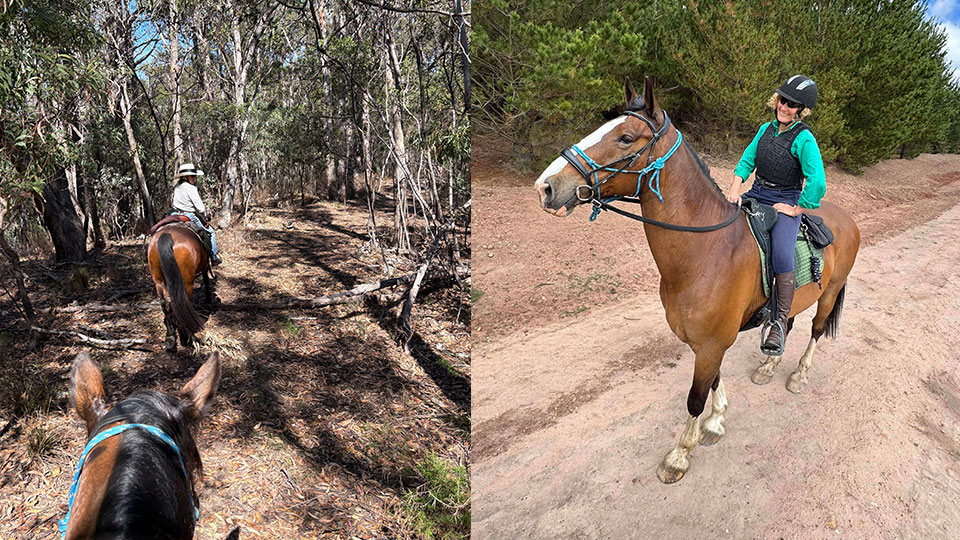
Recently I was facilitating a workshop with a very reflective and quite introverted group. When I asked a question of the group, I got polite smiles and nodding heads—not mind blowing on the engagement scale…. And yet when I asked them to discuss the concepts we had just covered with the person next to them, it was hard to wind up their conversations. Having paired conversations allowed them to process their reflections safely, and then we were able to have valuable team conversations.
Engagement in real conversation doesn’t just happen. As a leader, you need to create the conditions for engagement.
Small is safe – get small group communication started first—pairs, trios—before you open up a whole-floor dialogue. This builds audience confidence and better quality questions, and observations will result.
Lead small group conversations into a whole-team conversation by inviting input or requesting one insight from each small group.
It’s been said that ‘introverts think to speak while extroverts speak to think’. Give the introverts a chance.
Writing is a solo activity that works – this is useful for more introverted people and groups. People can feel threatened speaking out in groups, or simply need more processing time. Hand out sticky notes (or small coloured cards) and ask people to write a question or insight per sticky note. Draw these insights out from the group in themes (“Who had a question about ABC?”), and stick them on the wall in groupings. Get people discussing the themes.
The key strategy to empower real team conversations is to create safe ways for people to engage.
How can you use the concept of safety in your next team meeting or whole staff update?
STAY IN THE LOOP





